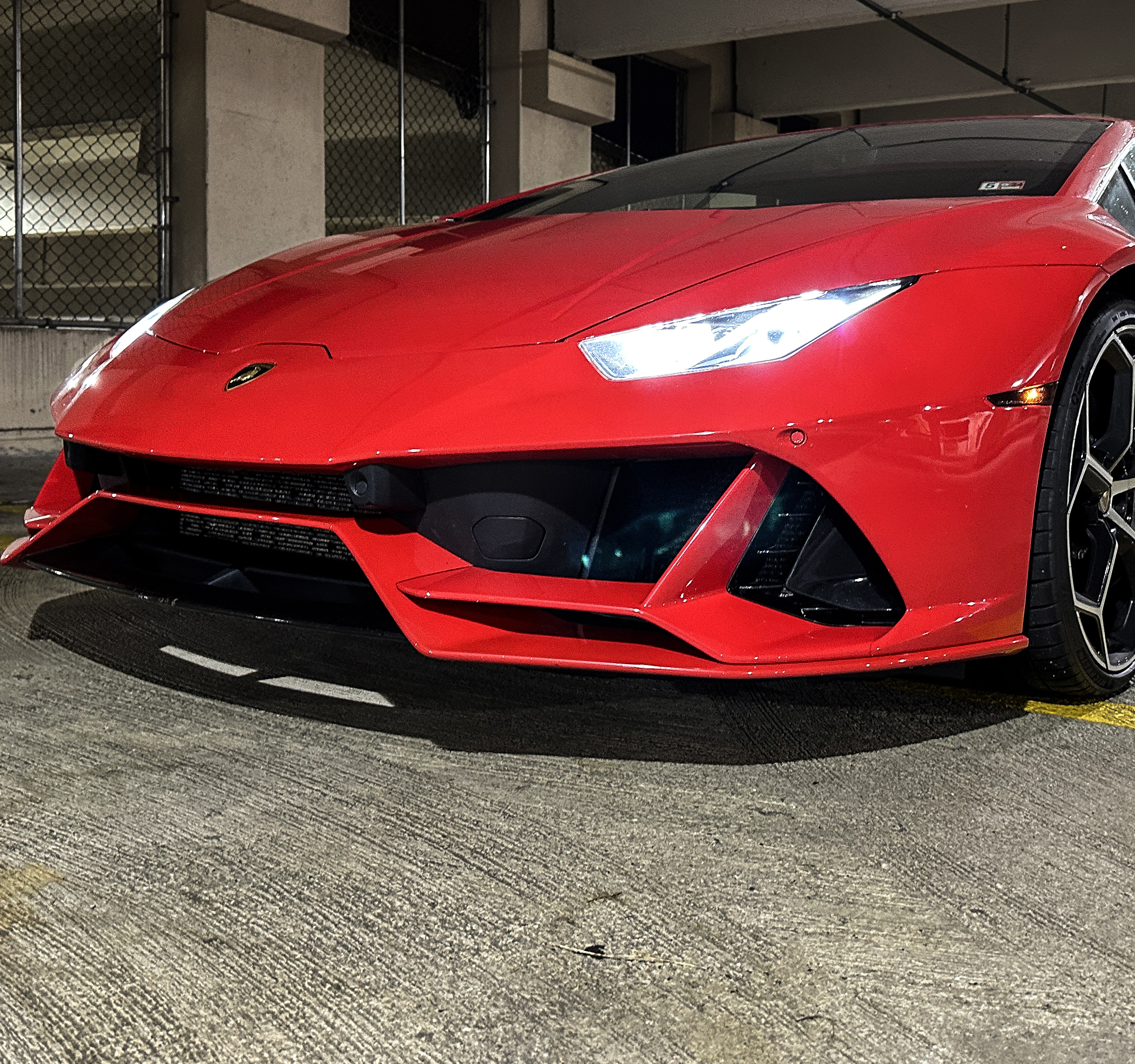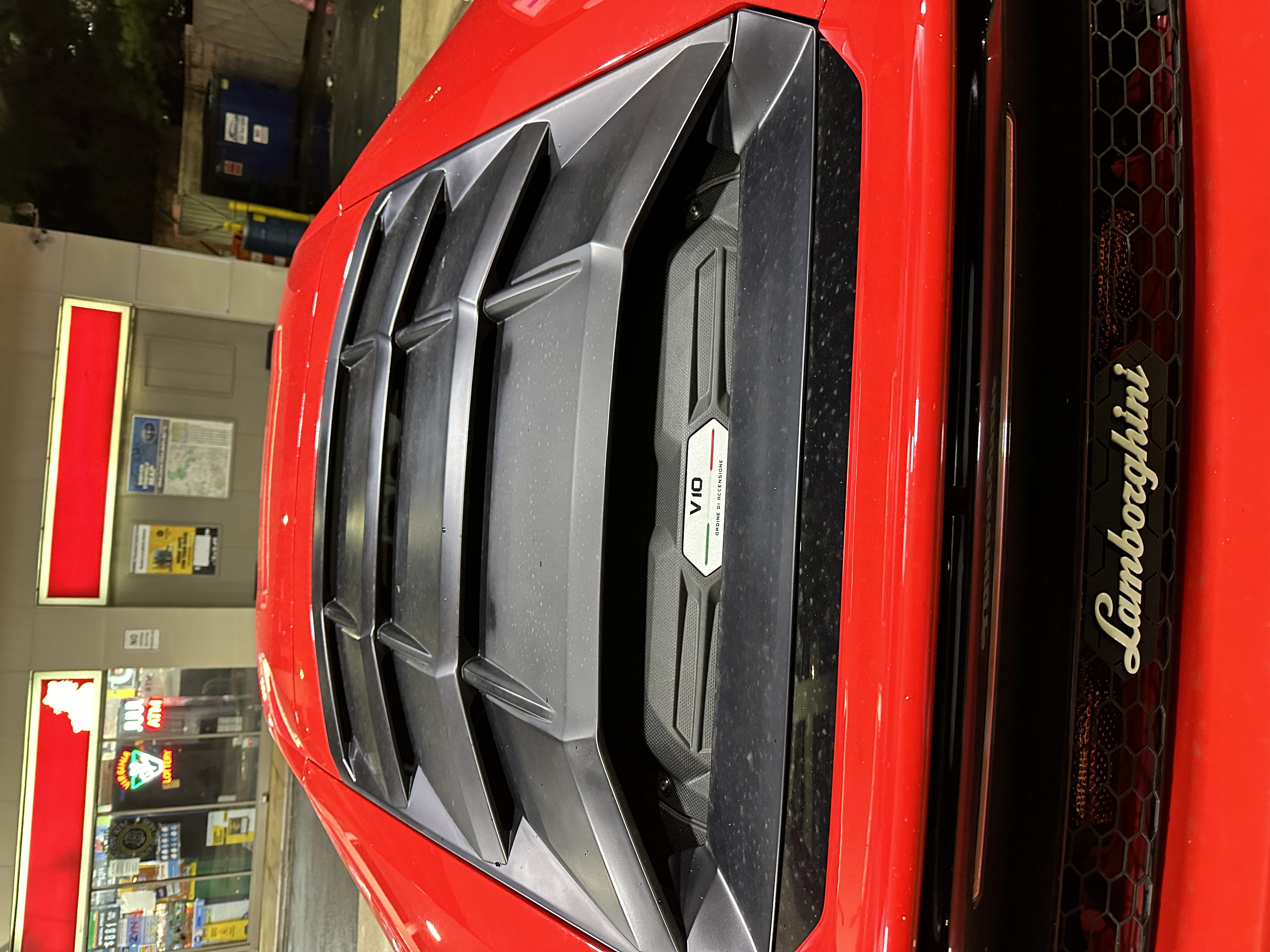Engine
Horsepower / Torque
Price/Day
0-60 MPH
Limited Availability for Rent
**You MUST coordinate rental schedule before paying**
Call or text 202-240-7225.


The Evo's many adaptive systems all run though the new Lamborghini Dinamica Veicolo Integrata, or LDVI if you can't fake the Italian. LDVI combines the old car's individual processors for the all-wheel-drive system, the adaptive dampers, and the stability control into a single computer that also manages the rear-wheel steering and Lambo's first use of brake-based torque vectoring. While the outgoing Huracán took its orders from a set of reactive algorithms, this new system uses feed-forward logic to predict the driver's intentions and sharpen or soften the car's responses accordingly. Lamborghini tells us that LDVI makes adjustments 50 times per second, juggling an unfathomable number of data channels. The computer considers 240 inputs including pitch, roll, yaw, acceleration in every direction, wheel positions, steering angle, the driver's social-media following, and how long ago the passenger last ate. Okay, we made up those last two, but there's got to be some fat in there, considering the computer spits out an incomprehensible 340 outputs. Even with all those variables in play, we found one consistent result: Driven fast, the Huracán Evo will always feed the driver's ego.

The Evo's 631-hp V-10 is lifted directly from the Huracán Performante with only slight software and exhaust changes. As in the Performante, every trip to the 8500-rpm redline packs a forceful indictment of its turbocharged rivals. Running almost in step with the Performante, the Evo should notch 60 mph in 2.4 seconds and close the quarter-mile in less than 10.5 seconds. Remind us again why our exotics need forced induction?